Table of Contents Show
Tokyo skylines, neon lights, and romantic summer nights in the rain: Japanese City Pop’s aesthetic is distinct and somehow familiar. It is evocative of both a recognizable past and an imagined future. Over the past five years, City Pop has reemerged on the Internet. Many listeners now yearn for a time they have never experienced and find comfort in memories, not theirs, but imagined. The dazzling melodies and sonic pleasures of City Pop both haunt and entice new fans worldwide. So, what makes City Pop’s sound so enchanting? Why does it provoke such intense feelings of nostalgia? Let us start by understanding its origins.
What Is City Pop?
City Pop is a genre of Japanese music that peaked in the eighties. From 1986 to 1991, Japan experienced an economic bubble. This success followed a three-decade-long “economic miracle,” when Japan became the world’s second-largest economy. The country’s rapid growth and technological progress promised citizens a lavish lifestyle and a new sense of urban identity. Japanese companies were producing stereo equipment like the Sony Walkman. Video game industries like Nintendo and Sega were gaining popularity too.
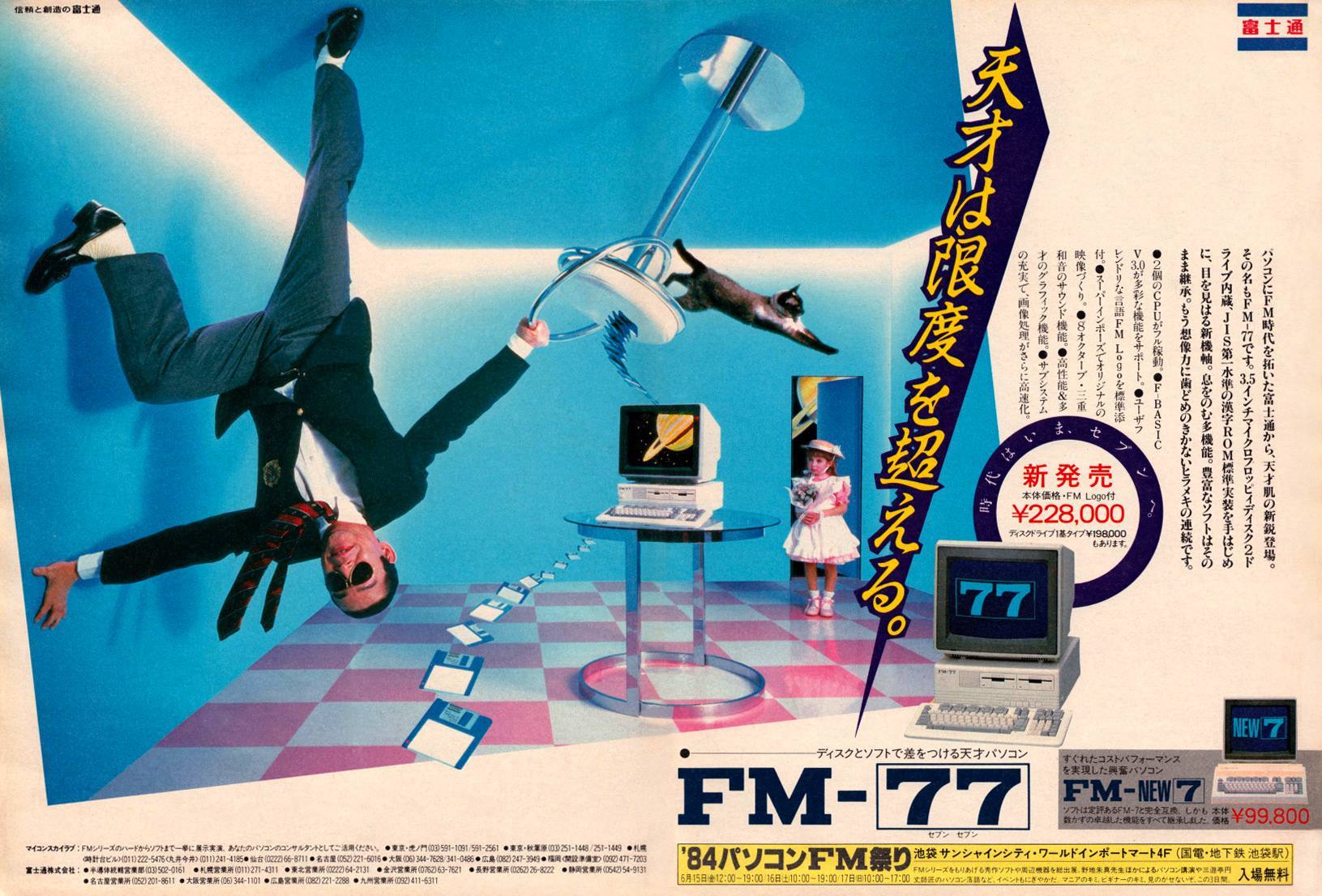
With this newfound luxury, it is only fitting that the era’s music reflects the country’s optimism. City Pop fits all the criteria: easy-listening pop tunes alongside introspective, romantic lyrics of endless summers. According to music journalist Yukata Kimura, City Pop is “urban pop music for those with urban lifestyles.” (( Yukata Kimura, Disc Collection: Japanese City Pop. Shinko Music. 2011. )) Recognized by its pristine production quality, City Pop fuses R&B, soft-rock, boogie, and jazz to create a genre futuristic yet distinctly eighties.
The Artists At The Forefront
Musicians like Tatsuro Yamashita and Haruomi Hosono are at the forefront of City Pop. Hosono’s band, Happy End, is even considered to be the progenitor of the genre. These musicians are known to embrace the eighties’ latest studio equipment, laying the groundwork for City Pop’s new sound and producing many rising artists, such as Mariya Takeuchi and Akiko Yano.
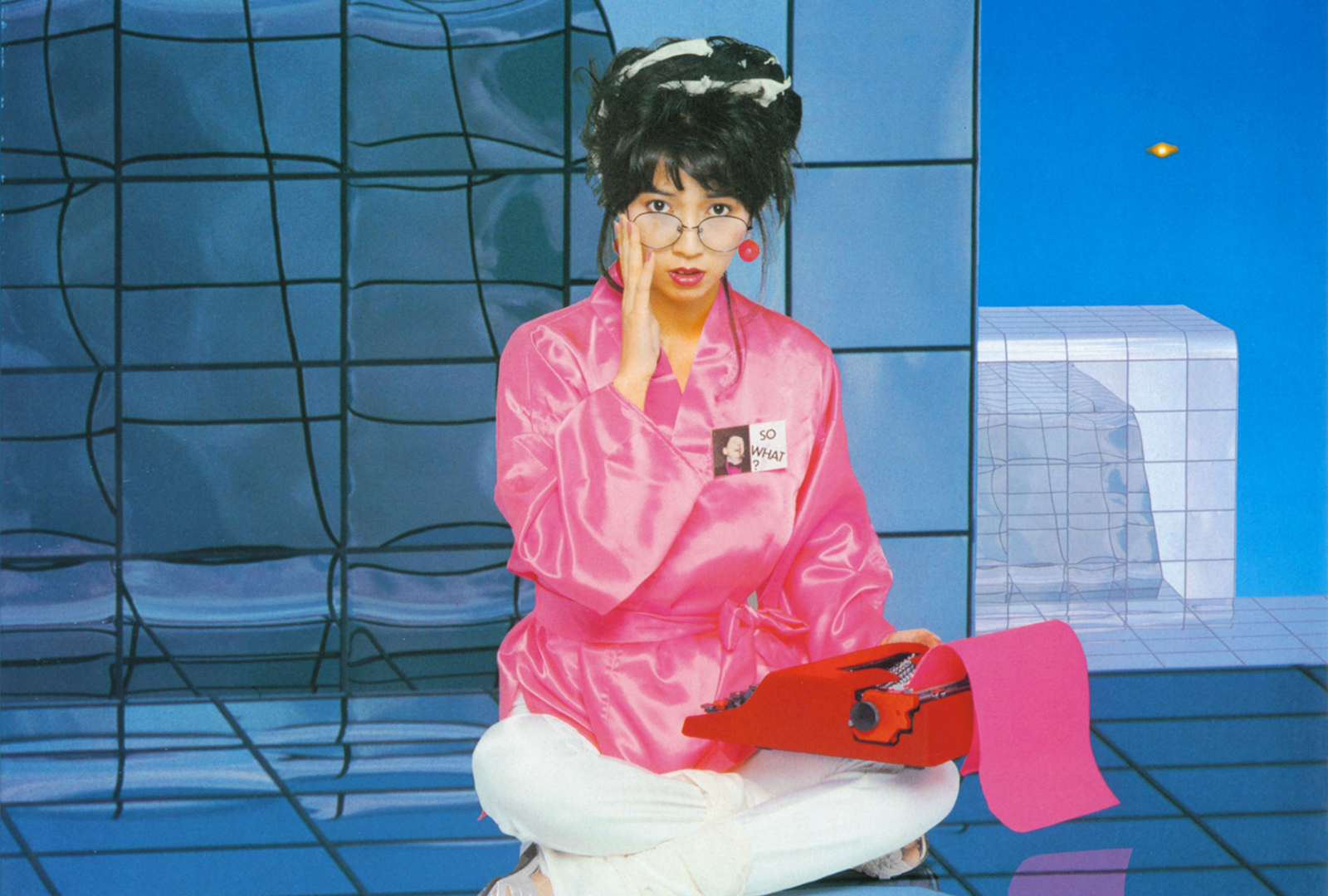
In particular, women play a significant role as vocal soloists. They sing about city-life, personal experiences, and feminine sexuality. Among these women are Junko Ohashi, Taeko Ohnuki, Tomoko Aran, and Anri, who helped define their genre and a new era for women in Japan. Look at any City Pop playlist these days, and one of these names will most likely be there.
City Pop Has Found New Life Online
Just as suddenly as Japan experienced an economic Bubble, the economy crashed in the nineties, and City Pop, too, began to fade away. That is, until 2016.
Chicago-based DJ Van Paugam often receives credit for bringing City Pop back to life. City Pop One, his first YouTube playlist from 2016, features Tatsuro Yamashita, Mariya Takeuchi, and Junko Yagami, among others. These names are now synonymous with the genre’s resurgence. The playlist combines music with vibrant images of classic anime and pairs songs with disco dancing, night-driving through Tokyo, and basking in neon. Paugam even borrows images of the timeless Cowboy Bebop and Ghost In The Shell. This format would contribute to the genre’s renewed popularity and act as an aesthetic for future playlists and fans who want to evoke a similar emotional response.
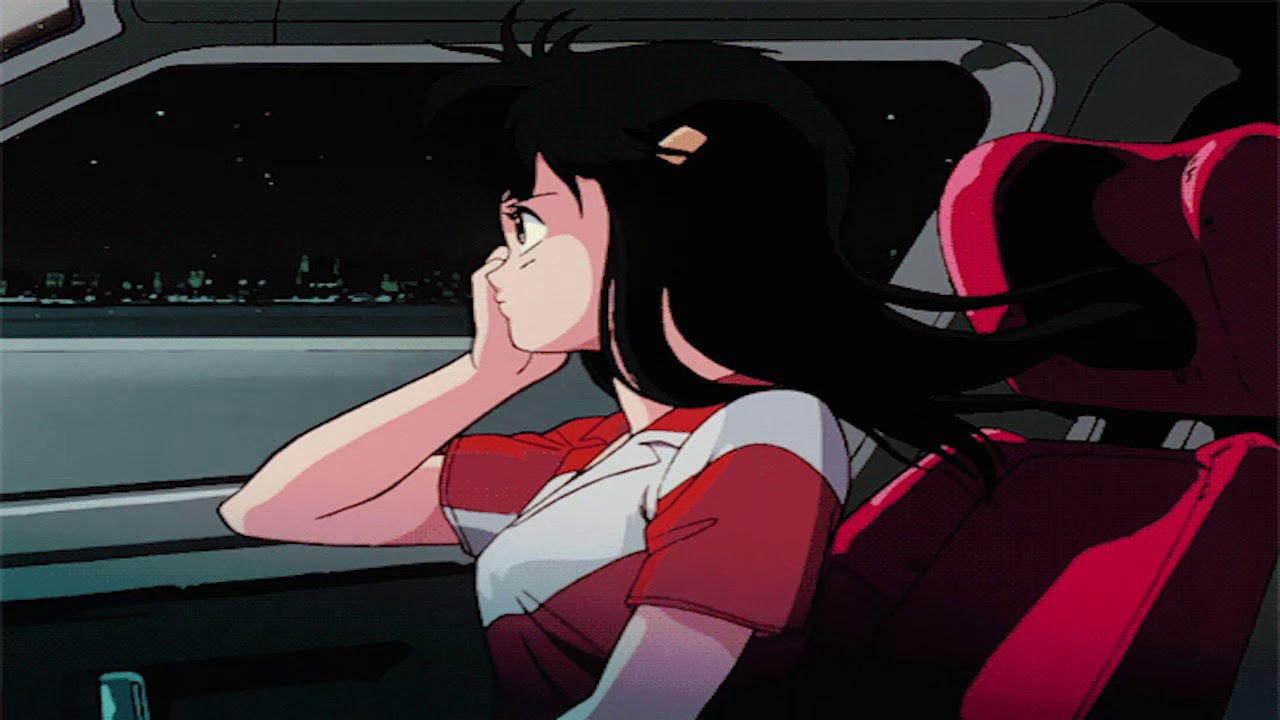
The YouTube algorithm has also played its part in reviving City Pop by recommending Mariya Takeuchi’s “Plastic Love” in 2017. To many, YouTube had recovered a long-forgotten memory. The song itself is about a woman haunted by a break-up. Heartbroken, she’s learned to protect herself by viewing love as a game and dancing her loneliness away. Despite these lyrics, Mariya’s voice is sweet and elegant over a carefree tune, adding to the song’s charm. Even now, listeners cannot get enough of this mysterious song that makes them feel an unexplainable melancholy.
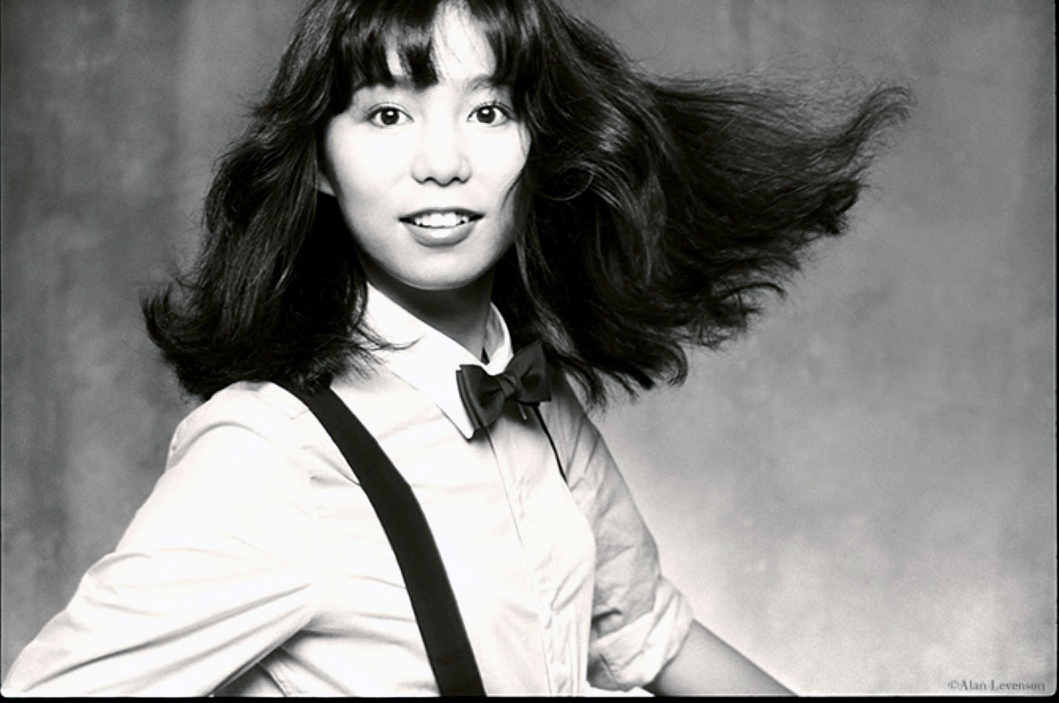
One could say that City Pop’s online rebirth is among the past five years’ several significant events. Just as the genre initially formed during a time of economic promise and societal hope, its resurgence appears during a strange time in history, from political polarization to a lasting pandemic. Then without warning, City Pop reappears, and it is as if for the first time. Hopeful, prosperous, and bright: these songs act as an escape from the crumbling present and an image of a perceived, promising future.
Nostalgia For A Time We’ve Never Known
City Pop has a certain feeling. The intricate melodies, soaring vocals, and mixture of influences somehow do more than create a funky beat for wealthy eighties socialites. Its sound seems to trigger memories of a past many listeners have never experienced. The music transports fans to a futuristic world that happens to look a lot like 1980s Japan. Some fans picture vintage advertisements for Coca-Cola, VHS tapes, and the shiny shopping malls of their childhoods.
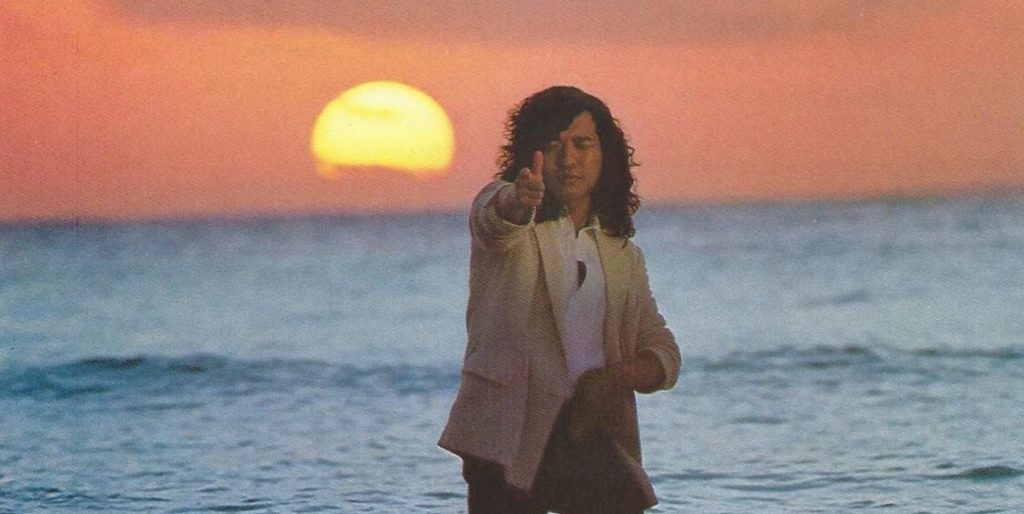
Others feel that they are accessing some forgotten memory of cruising down a neon highway, or simply sharing a cherished moment with a lover they have never had. Whatever image these songs provoke, the overall feeling is the same: nostalgia. This phenomenon makes sense, considering the genre’s origins.
Familiar Emotions
This music is essentially a soundtrack for the flourishing lifestyle of the eighties. It boasts the imagery of 1980s Japan: carefree night-life, cityscapes, and summer love. With all this recent prosperity, not only were artists able to create high-quality music, but worries about the future and everyday life could fade away. Artists could focus on love, heartache, and the beautiful subtleties of the mundane. Funnily enough, it is music for living in the moment.
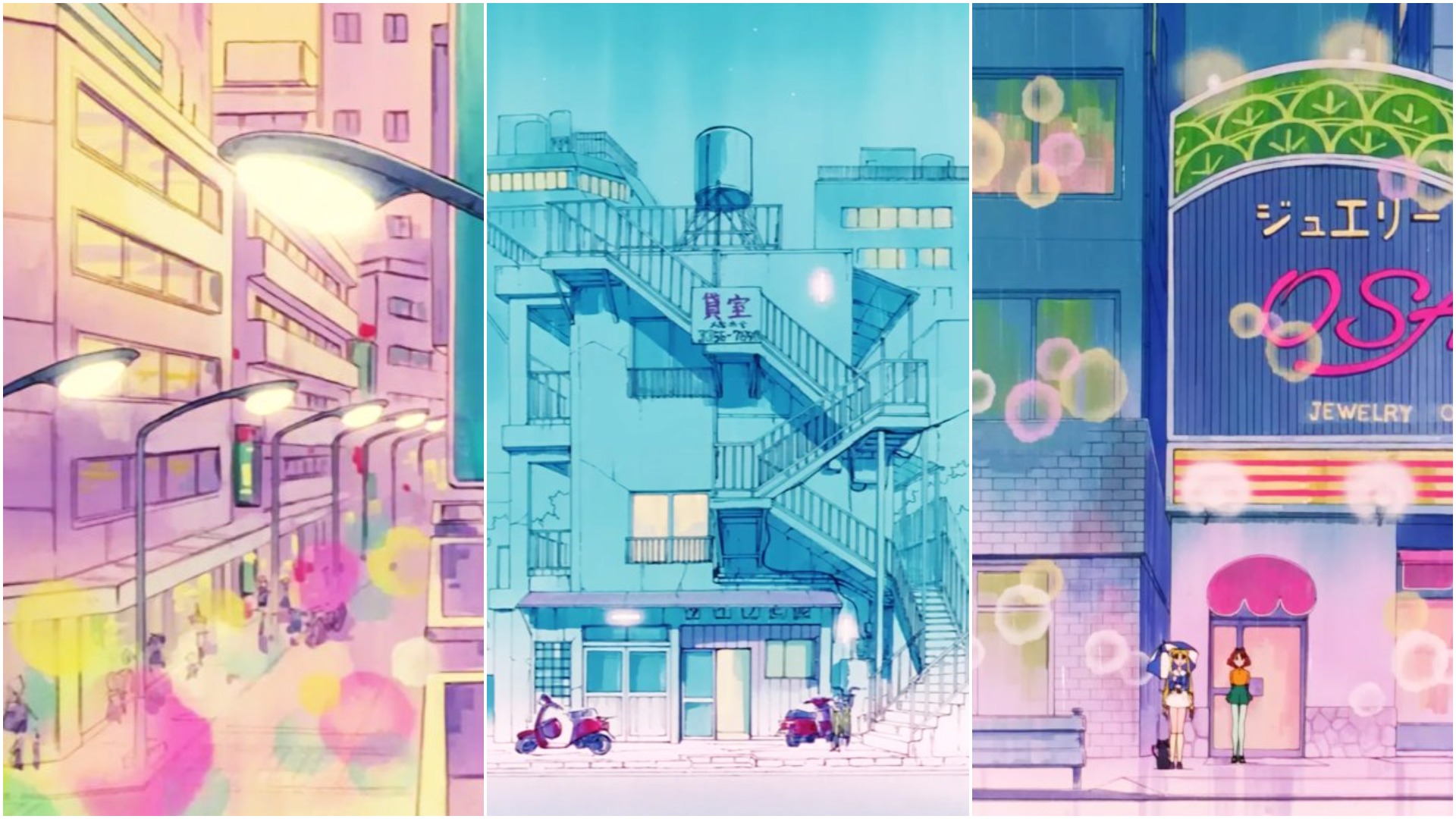
It is no wonder that now, the era’s sentiment remains. Music is profoundly personal, and this compels the listener. In Miki Matsubara’s “Stay With Me,” fans can easily recall a similar experience. Everyone has had those nights of tossing and turning over the same memory, wishing things were different, wishing things were the same.
Highly Stylized Aesthetics
With cohesive, visual playlists, City Pop has become an accepted aesthetic online. When fans compile playlists, they follow this imagery and often add new nostalgia elements like clips from Sailor Moon and old Nintendo games. Embraced trends in City Pop’s aesthetic include sentimentalized 1980s tropes such as neon-lit bars, cassette tapes, disco halls, and luxury skyscrapers. Retro anime, vintage television advertisements, and pastel colors are also popular imagery for playlists.
Separating City Pop from this aesthetic is now nearly impossible. The objective is to channel a mood and evoke nostalgia. City Pop was once the music of the promising past that failed to happen. Now it is the music of an imagined future, echoing ghosts of the past, to reclaim the present.
Escapism
This music provides fans with an opportunity to escape the reality of the present. In a time of uncertainty and stagnation, City Pop provides an idyllic world that is simultaneously past and future. It transcends time and space in a unique way that allows the listener to exist beyond the present. In a sense, the aesthetic and sound of City Pop create a fantasy for listeners to project their desires. A past that had the future all figured out, glossy and manicured. In this ideal state, worries about the pandemic, job security, and politics do not have to exist. With a simple click, fans enter into this new world of memory and fiction.
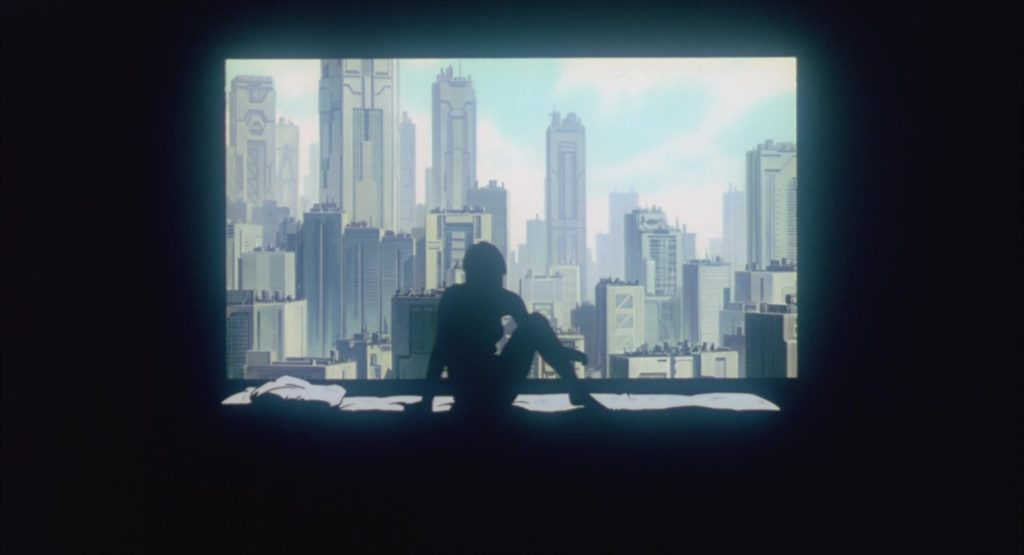
Unlike other music genres that often explore societal anxiety, there is no hint of worry in City Pop. It is genuine, almost innocent in its embrace of the good life. When life becomes too troublesome, City Pop can act as a coping mechanism for many who struggle today. The upbeat and wholesome message can help lift those who find themselves lonely and lost in the world. It is not rare to find YouTube users flooding the comment section of these playlists with anecdotes of the effect City Pop has had on comforting them during the most challenging times. It is touching to see fans worldwide come together to experience this shared melancholy and joy.
City Pop’s Enduring Legacy
With City Pop’s revived popularity, it comes as no surprise that it inspires many current artists. K-Pop stars like Yubin (Wonder Girls) and Ye-rin Bak release music distinctly City Pop in sound and aesthetic. Even BTS seems to have adopted aspects of the genre in their music video for Dynamite, embracing disco and retro imagery. Tyler, The Creator, too, recently sampled Tatsuro Yamashita’s song “Fragile” on his newest album, “IGOR.” New City Pop playlists continue to saturate YouTube’s musical landscape. It is clear that the genre’s reemergence has directly influenced Pop Culture and is here to stay.

All in all, City Pop’s return reveals a compelling tension between a flourishing past and an imperfect present. It is music that entrances the listener with a time they’ve never known. Perhaps, in part, that is the most significant appeal. Listeners feel nostalgic for a future promised by the past. Despite this profound loss, hope remains alive in the beautiful cityscapes and catchy melodies of City Pop. It begs fans to fantasize about a better time and feel safe in those memories. With that, perhaps there is hope for a new future—one that fulfills its promises.
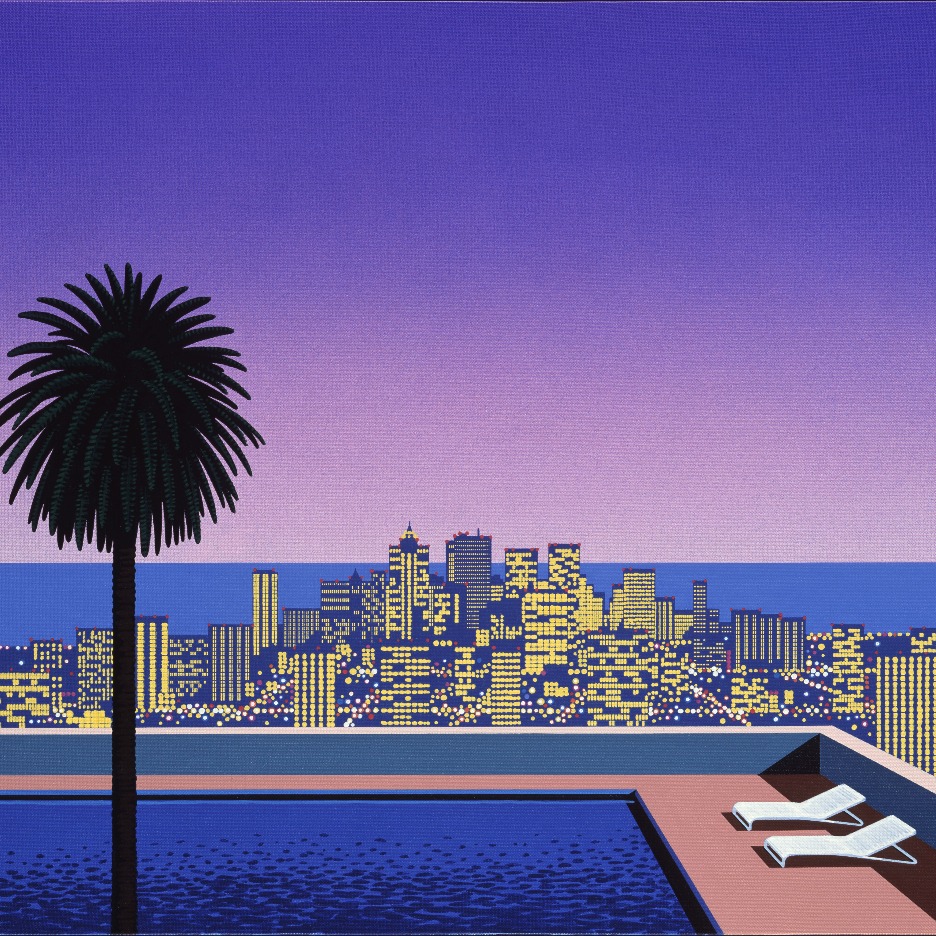
With all due respect, I think you focused way too heavily on the internet’s perception and fantasized idea of what city pop is, instead of the actual music and the people behind it.
There was a ton of innovation going on in Japanese music during the 70’s and 80’s, and while you do briefly mention pivotal artists like Haruomi Hosono/Happy End and Akiko Yano, most of this article promotes the Western image which ultimately reduces said innovation to a nostalgia-bait “aesthetic”. I understand that the article’s objective was to investigate the internet’s fascination with city pop, but it would have been nice to see a more historical focus instead of reinforcing these ideas, so readers can walk away knowing more about the genre.
Though Van Paugam was indeed influential in introducing people to city pop, the vaporwave/future funk movement pre-dates his rise by a few years. Saint Pepsi’s Skylar Spence sampled Tatsuro Yamashita’s Love Talkin’ in 2013 and brought attention to his album For You, and there’s numerous other examples of artists like Junko Yagami and Kaoru Akimoto being sampled in popular tracks during the early-mid 10’s. Even before that, J-Canuck’s Kayo Kyoku Plus blog was introducing people to 70’s/80’s Japanese music, leading many artists to gain traction on sites like RateYourMusic.
As for modern artists inspired by city pop, YUKIKA would have been a much more relevant example. Her sound borrows heavily from many artists of the era, including Omega Tribe and Toshiki Kadomatsu, while also maintaining a K-pop image. Especia and Hitomitoi have also been instrumental in bringing the 80’s city pop sound into the 21st century.
Learning more about Japanese music has been easier than ever before thanks to numerous online resources popping up, and it’s exciting seeing people expand their horizons from Plastic Love to other scenes like techno kayo, folk rock and so forth. The r/CityPop Discord recently got together to make a huge essentials chart to help with this: https://i.redd.it/6t47ncdnfzw41.jpg